Karachi-based graphic designer and illustrator Samya Arif (OCEÁ) graduated from the Indus Valley School of Art & Architecture in Communication Design in 2010, with a deep love for illustration. Over the last few years, Samya’s work has been deservedly recognized in her home country and across the world, and she has become an integral part of the proliferating contemporary visual arts scene in Pakistan.
We are so excited to present our last interview of the year with this terrific artist. Divided into two parts, the interview, conducted over a long Skype call, delves into various aspects of Samya’s work and life. Here is the second part where we talk about the design scene in Pakistan, 2018 projects, drawing women, comfort zones, social media, and more. Read on:
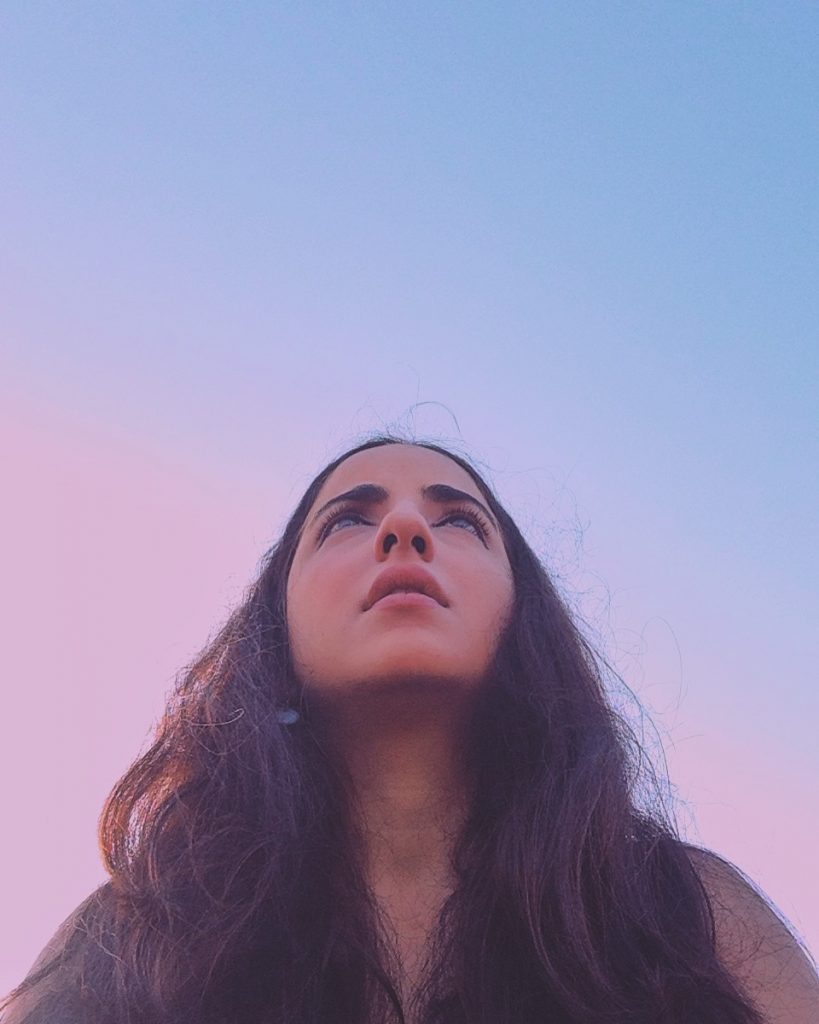
Samya Arif
Does Pakistan inspire you visually?
Definitely. You just have to walk out in the bazaar to experience so much culture. When I was in Berlin, I noticed how everyone wore black, and here it’s a complete contrast. I haven’t been to India, but I think it’s pretty much the same visually. There is just so much color and richness of patterns in our culture. I think it comes naturally to us, especially to the women in South Asia. I remember my grandmother matching her shoes, clothes, earrings, and even the pin in her hair!
I am always looking for such references in my country to take them forward in my work or reinvent them in some way.
The design scene in Pakistan seems to be getting vibrant. It was great to know about the National Digital Design Conference (ND2C) in Islamabad. Since you were a speaker at their first edition, could you tell us a bit more about it?
Post the event, I posted on Facebook that I felt like I had gone to the Oscars (laughs). For us, this kind of an event was just unimaginable. Such events usually take place in Islamabad as there are a lot of expats and diplomats there, and it is considered a more safer city. And things have been more stable in Pakistan since the last 2-3 years, so that’s helped.
ND2C turned out to be a great event, spearheaded by Sana Khalid and Nida Salman. Kudos to them for pulling off such an ambitious festival. They worked their asses off to manage everything, and the event had really high attendance. The theme for the last year’s conference focused on Pakistani women in design, and I was lucky to be one of the five they had chosen. We all had great energy amongst us.
They also invited speakers like Stefan Sagmeister and Debbie Millman. I was tongue-tied meeting them the first day, but they were so humble and excited about this. They told us how people had warned them not to come to Pakistan. They felt a lot of love here. After the event, Stefan joked how he had never been asked for so many selfies in his life! Since the first one was so successful, they had the second edition this year. I am so glad this is happening in our times.
Has the clients’ attitude towards design evolving too?
Things have become slightly better as people are more aware and a bit more ready to spend on branding. I do get a really good client once in a while. For example, I recently worked with this musician who is a big YouTube personality in Pakistan – Taimoor Salahuddin/Mooroo. He talks about important controversial issues, something that’s really necessary. But clients like him are rare.
Most of the time, there is still haggling and you have to really justify your price. Money-wise things have gotten better for me, but that’s probably because people now know my work and expect me to charge a certain fee. But if you are starting out, it’s very hard. Many freshers and other people in the industry are willing to work for less money, and that creates a problem. Also, a lot of people don’t know how to price their work because we don’t get to learn about this stuff in art school. I still struggle with it sometimes. Recently, I had sell a design to a t-shirt company and I had no idea what to charge them. Since I also teach at Indus Valley, we are now working towards changing this.
Also, illustration is not yet considered an art form in Pakistan. It’s seen as a very commercial sort of field, so people don’t see personal illustration work as something of too much worth. For many people here, ‘art’ still means a handmade painting on a canvas.
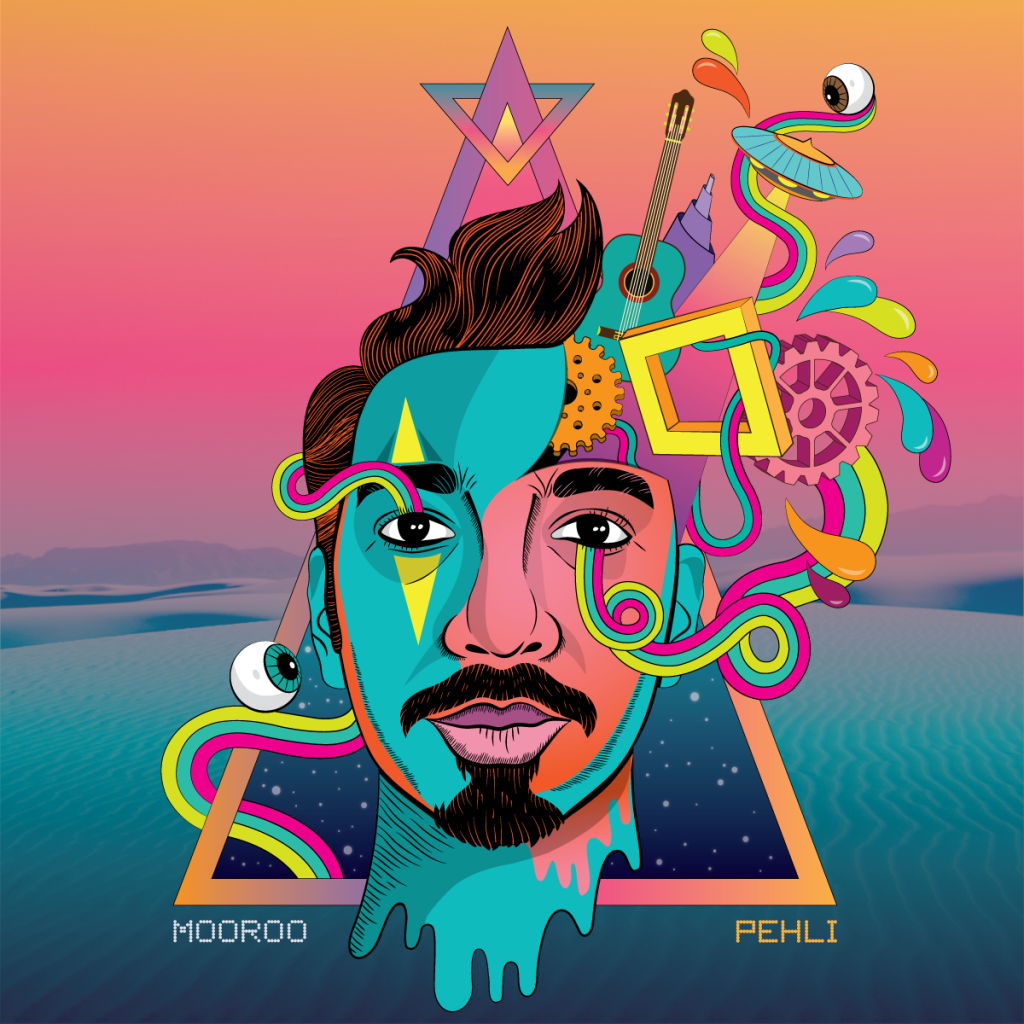
Tell us about some of your key projects this year. We are keen to know about the editorial projects you did this year like ‘Quiet Women’ and ‘Goodbye Freddie Mercury’.
I have worked on books for the first time this year. Apart from these two, I have been working on two more book cover designs. One project I am really excited about is a book about this famous Pakistani poetess, Parveen Shakir – ‘Defiance of the Rose’. She was a ball-breaker woman in her days. She died very young, and her death is considered quite mysterious. She used to write poetry about love, life, and her experiences as a woman. She was also a divorcee. In the 90s, for a Pakistani woman to be talking about a woman’s place in society and being divorced were controversial and even provocative. People in Pakistan tend to only refer to her initial poetry about love, and ignore a lot of dark, shocking poems she wrote afterwards. This book contains all of her poetry translated into English. I have been working on it for a year, and it will come out at the Karachi Literature Festival in 2019.
Book covers are especially interesting to work on when I have connected to the content of the book. For the ‘Quite Women’, which is a lovely poetry book, the poetess wanted her image on the cover, so there was not much freedom for me to work with. I did enjoy working on her project, but when I really connect with the work in the book, it becomes more of a passion project.
The ‘WOMEN’S CLUB. Art is Powerful’ book published in Barcelona had your artwork as the cover. How did that come about?
It’s a book about female illustrators from around the world. I was quite randomly contacted by the editor of Monsa Publications about including me as one of the illustrators. Honestly, I didn’t think too much of it then, but once I found out about the other illustrators included in that book, I was blown away. I still don’t think I am in that category, but it was an incredible experience, especially because my artwork is on the cover. All the other featured artists shared the book on their social media, and I was on seventh heaven for a while.
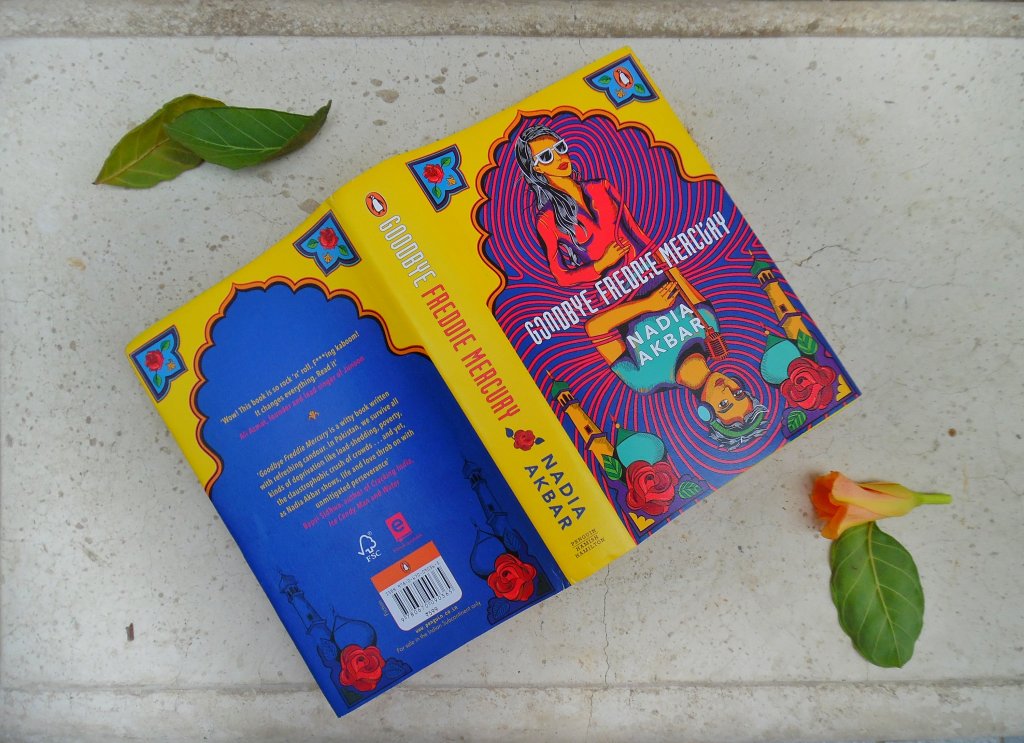
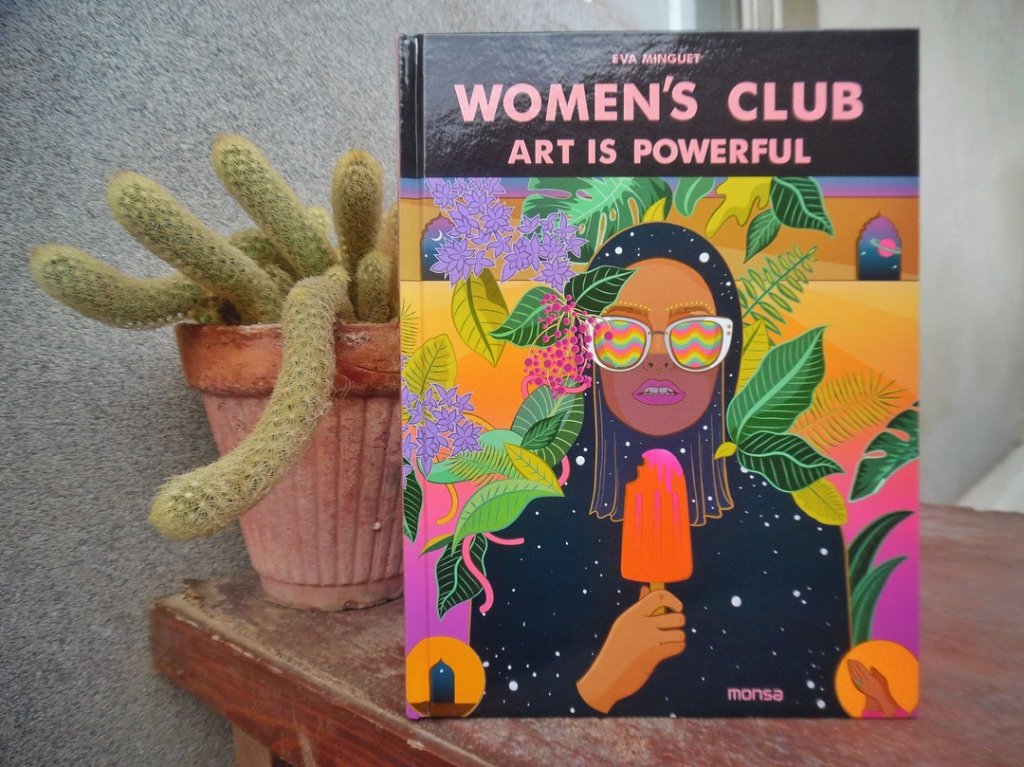
You have to keep doing your work in new and interesting ways. You have to keep reinventing yourself to stay relevant. If you really want to create change, your work needs to be well thought-out and you have to stay committed to it.
Feminism of course plays an important role in your work. Have you always been drawing women?
Drawing women came naturally to me, and way before even drawing fantasy. 99% of my childhood drawings feature girls/women. I wasn’t drawing about feminism in the beginning, but there were always women in my work. In our society, we put so much focus on beauty, and I personally felt this pressure in my house from my mother to always look my best. And I would take that frustration out in my drawings. I made these crazy, passionate women, and invented their unique stories. Sometimes, these would be really funny stories in the essence of tabloid magazines. Like when I was 13-14 year old, I drew a woman called Serena, a 27 year-old woman, drinking away with her boyfriend. Then I have drawn this one woman from her childhood till the time she died. Her story had these crazy elements like how she fell in love, got divorced, her mother wasn’t her real mother, and so on.
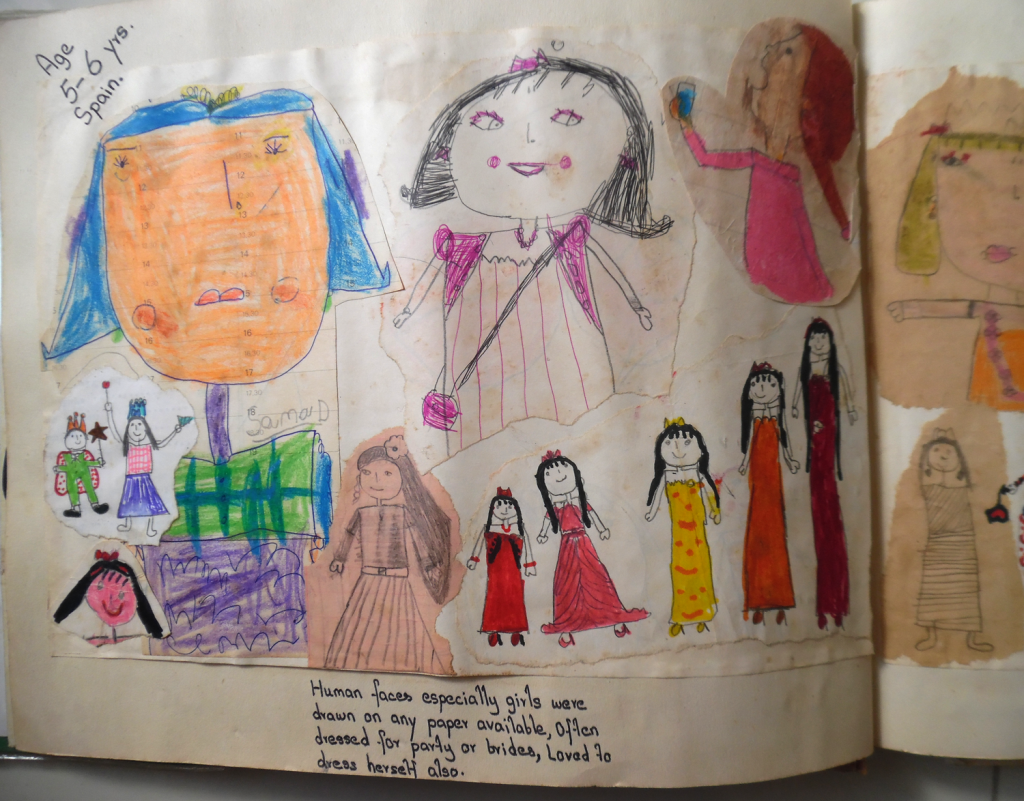
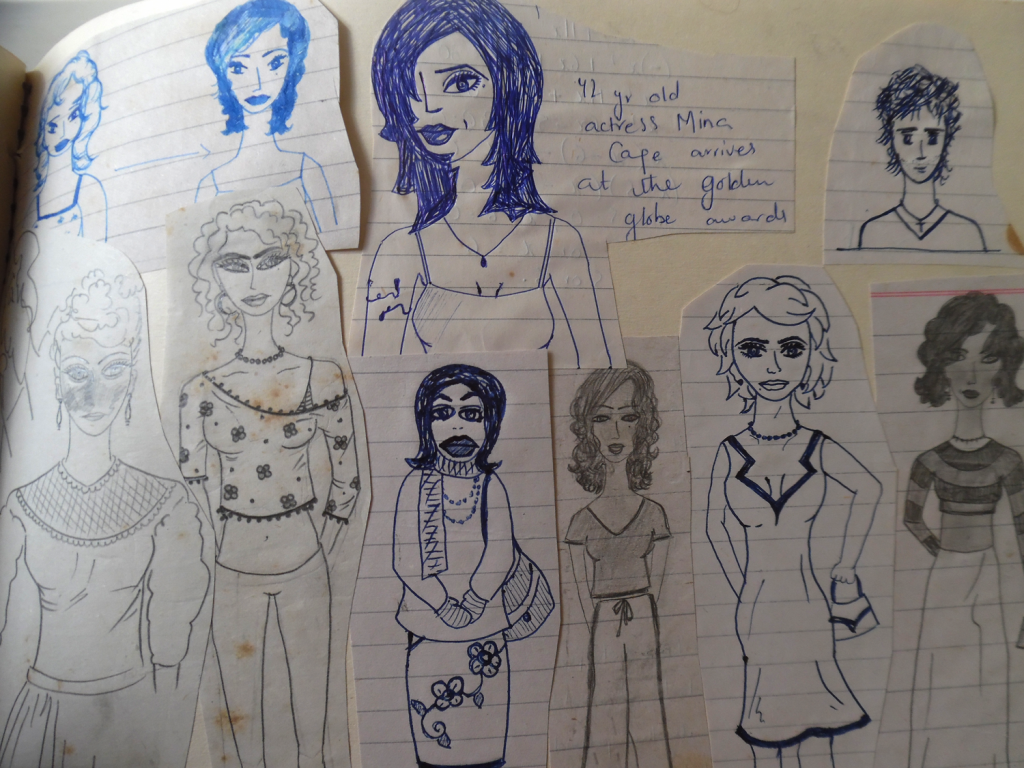
I love women. ‘Our’ stories interest and inspire me. The men in my family are typical alpha Pakistani males. However, despite this, my mother seems to be the more dominating one. So I have always seen this mixture of patriarchy and matriarchy in my household.
Also, for me, it’s about every woman being able to do and get what she wants. Being a woman shouldn’t be an issue. In ‘Women of my Land’, which was my first exhibition last year, I wanted to merge my two interests – women and the fantastical lands I see. For me, it was natural to talk about how I personally feel about being a woman in Pakistan. I wanted to take forward the concept I started out with my thesis in Indus Valley, which was a culmination of my teenage diaries. Each artwork in the exhibition was different parts of this idea. Like one of the ideas was about wanting to be a son while growing up. It came from the fact that my mother expected me to be a boy before I was born, and this used to bother me so much initially. In retrospect, I understand that this is how she was brought up and has experienced this herself.
Tell us about your recent project ‘Brown Girls’.
I have another exhibition coming up in January, so with ‘Brown Girls’ I was just trying out something for that. The theme of this exhibition, which is a group show with three other artists, is ‘Fairytale’. My preliminary concept is to create my own fairytale, what women imagine their fairytales vis-à-vis what they actually get, the places they escape to… something along those lines.
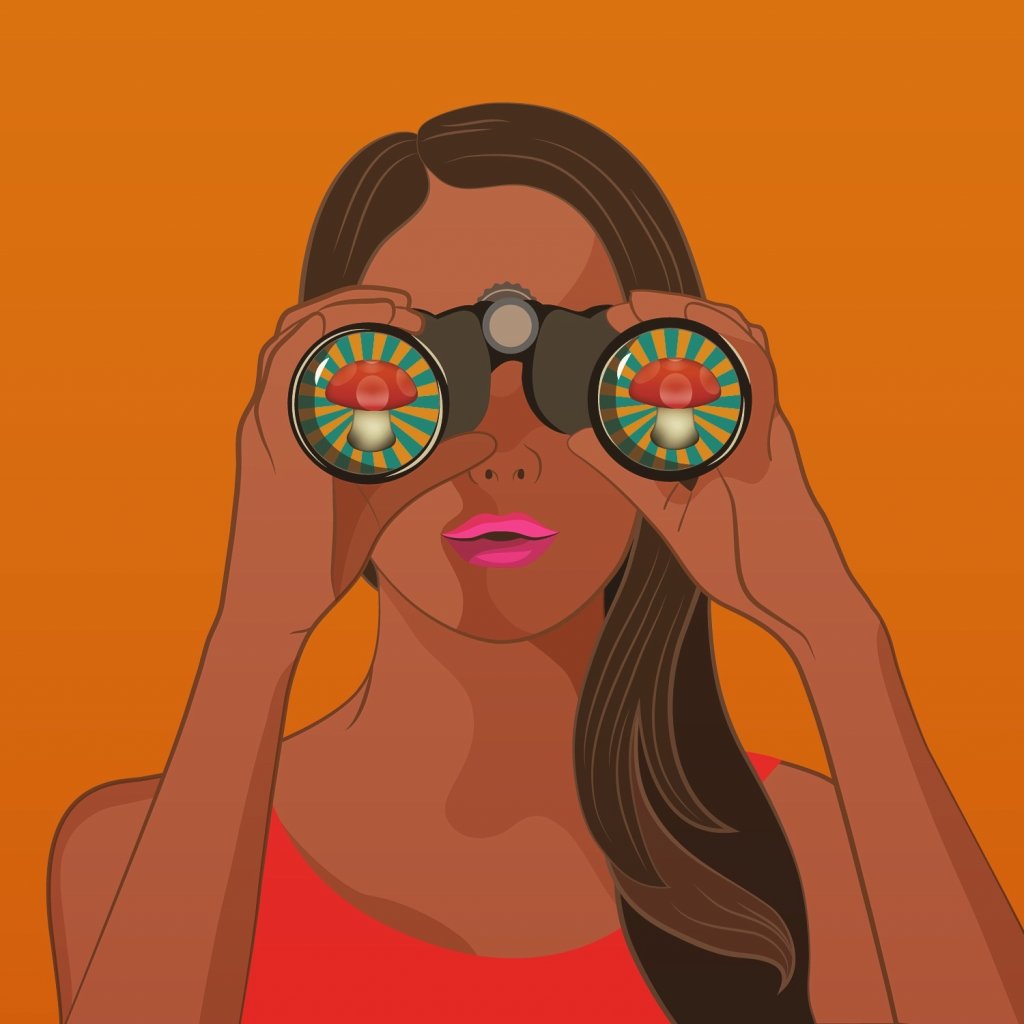
Brown Girls
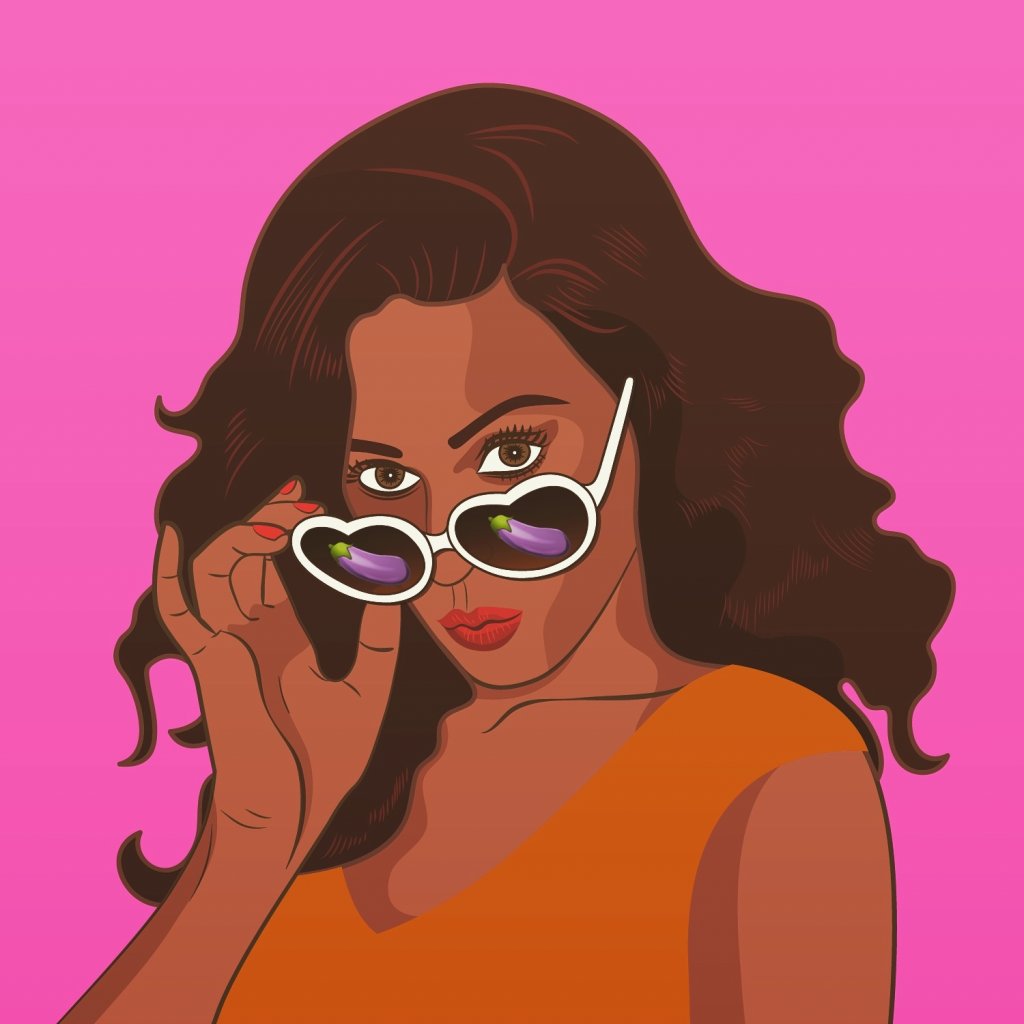
Women of my Land
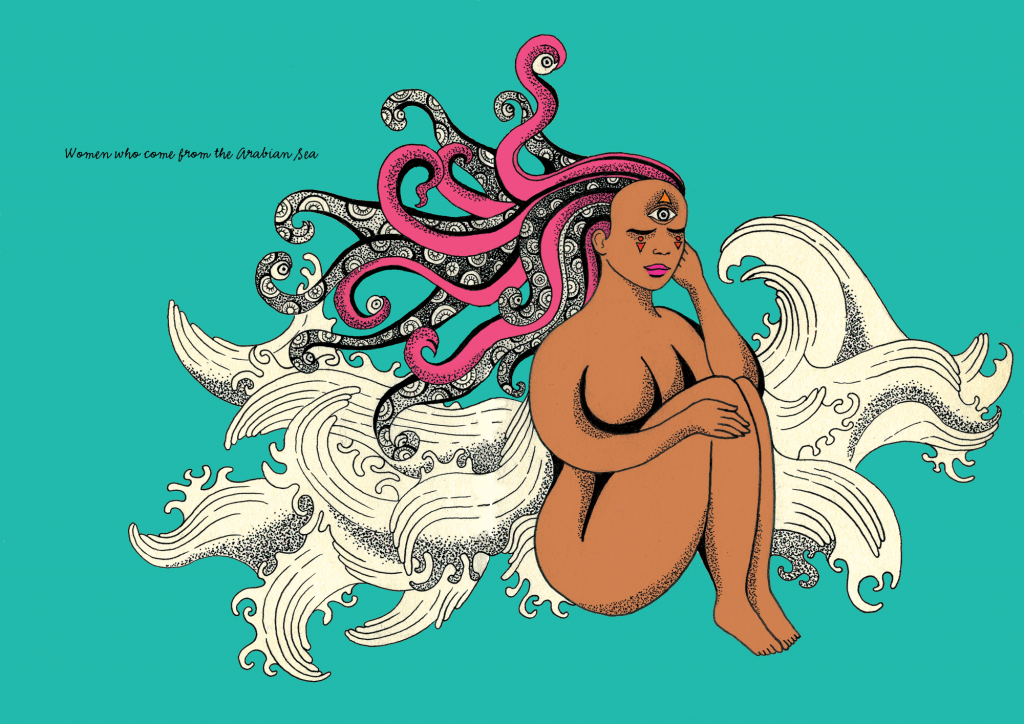
Drawing women came naturally to me, and way before even drawing fantasy. 99% of my childhood drawings feature girls/women. I wasn’t drawing about feminism in the beginning, but there were always women in my work.
Have you ever worked on projects that were out of your comfort zone in any way?
I do work on projects just for money sometimes. As much as I would like to just travel and make art, at the end of the day, I have to pay my bills. I was discussing this with a friend the other day and she was like ‘everyone does it’. I do these insanely hilarious projects sometimes and end up questioning myself. For example, I recently had to do some work for Pond’s White Beauty cream, which is a skin whitening cream that I am strongly against. But I needed to pay my apartment’s rent, so I ended up taking that project and decided that I just won’t tell anyone about it (laughs). Fortunately, the project didn’t work out and I still got paid for it. My work wasn’t really matching their aesthetics, and I was so happy about that.
I used to hate the word ‘sell-out’, but now I think that if you are getting the time and resources to do what you really want because of certain commercial projects, it’s completely worth it.
Is there a sense of community amongst the contemporary artists in Pakistan?
We do have a sense of community now. All the top illustrators in Pakistan know each other and have good relationships with each other. However, in terms of illustration, there is nobody to guide us. Though there is this famous Pakistani artist, Amin Gulgee – who hosted Karachi’s first Biennale last year where we had so many artists from Pakistan and abroad – has been a great mentor to me. He is always ready to help out and sends projects my way. I also had two amazing teachers in Indus Valley, Sohail Zuberi and Naila Mahmood, who have been really inspirational.
Since the last one year, I have been working with my friend Sana Nasir on creating Pakistans’s first ‘Illustrators Collective’. Our goals are to put good illustrations out there, educate people about illustration, send works to agencies, help illustrators who have just graduated, and most importantly, collaborate with illustrators from other countries. This took a backseat since I got married at the beginning of this year and there’s been a lot on my plate ever since. However, I want to resume work on this soon.
What role does Social Media play in your work? And are there any drawbacks of it?
I can’t imagine doing all of this without Social Media/Internet. It’s helped all of us, especially to share our work with the world. The best part is that you end up finding people who do the kind of work you are into and those who have similar interests. I don’t like Facebook so much anymore, but I love Instagram. You can just follow whoever you want, and it’s just image based stuff so you can filter the bullshit. I also get approached by more people on Instagram about my work and how they felt about it.
There are some downsides to it as well. I like drawing eyes in my artworks (eyeballs or sometime just one eye) and in Pakistan, I get attacked by this really narrow-minded part of society for this. There are people here who associate one eye with the Illuminati, Freemasons, or ‘Dajjal’ who is supposed to be a one-eyed monster man who will come out on the day of judgement as stated in the Quran. So I get a lot of backlash on that end. People refuse to look at so many other meanings behind the eyes like mysticism, beauty lies in the eyes of the beholder, etc. So far, I have not commented on this. It is trolling, but sometimes it does get serious.
Does it scare you when you face backlash?
Well, I don’t get scared that easily but there have been times when I have felt scared. Especially in Karachi, we have all experienced some really violent times. Everyone here has gone through something that could be called horrific or tragic. I lost someone in my own circle. Sabeen Mahmud, who used to run The Second Floor, was shot, and there are multiple ridiculous theories about why she was murdered. Some said it’s because she used to host Valentine’s Day, some said that the ISI was against her, and other such stuff. She was questioning a lot of things which were happening with the minorities here. She was the main force behind The Second Floor which was like a second home for all of us (the creative community). Losing her was just too close to home. It was like getting jolted out of your little bubble. Because we are the middle-classes, we feel like we are shielded from everything outside our homes. But this affected all of us. Losing her definitely felt like it’s not as safe and you can’t just ignore what’s happening out there.
Then Herald magazine, that I used to do some occasional work for, was doing an issue on blasphemy, which is a very big issue in Pakistan as there are so many old and archaic laws. They wanted me to do some illustrations for that. It is one of the top legit magazines in the country and is very truthful about situations, politically and otherwise. Their emails are often hacked by the government or by ISI or other agencies. They didn’t want me to email them anything about the project, and in the end, they didn’t even end up going ahead with the illustration work as they were scared thinking about the repercussions it might have. They eventually went for a safe photograph to go with the piece.
Even the cover for Parveen Shakir book I was talking about is supposed to be very strong. And I had put one eye in it which was central to the whole design, and the publishers now want me to remove it. Since she is already so controversial, they don’t want to make people angry. And I might have to remove it because at the end of the day, they will be held responsible for it.
Ideally, I wouldn’t want to censor anything, but I definitely have to be careful here.
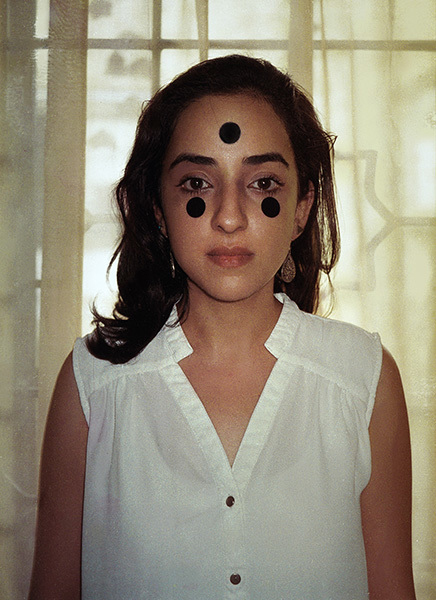
Photo by Tonje Thielsen
I like drawing eyes in my artworks (eyeballs or sometime just one eye) and in Pakistan, I get attacked by this really narrow-minded part of society for this. There are people here who associate one eye with the Illuminati, Freemasons, or ‘Dajjal’ who is supposed to be a one-eyed monster man who will come out on the day of judgement as stated in the Quran. So I get a lot of backlash on that end. People refuse to look at so many other meanings behind the eyes like mysticism, beauty lies in the eyes of the beholder, etc.
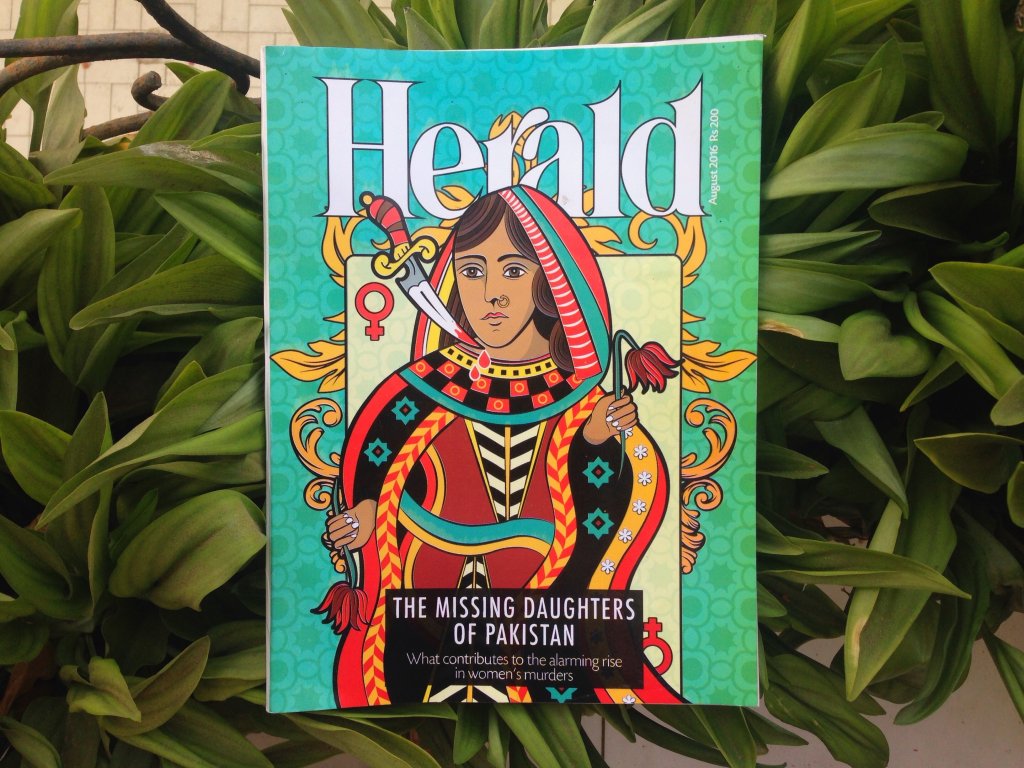
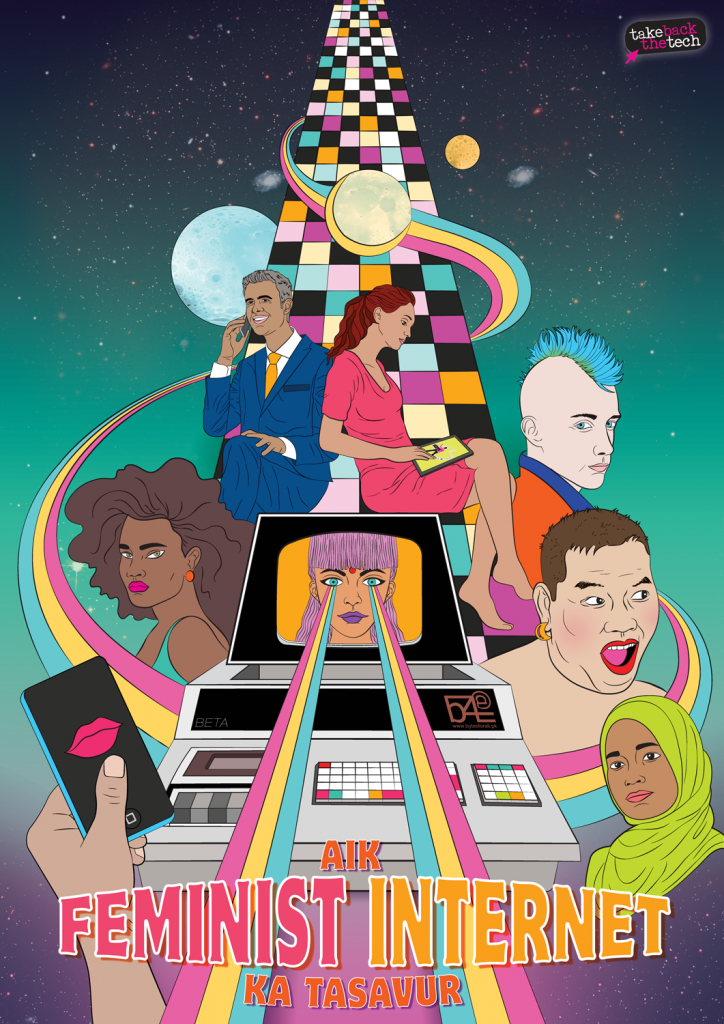
Art for art’s sake or art for change?
I was quite idealistic when I started out, and used to think about this a lot. But I have become a bit more practical over the years. I now feel that there is a certain way to go about things. Things don’t change overnight, and you have to keep putting in the time and effort to perhaps one day see the fruits of your seed. You have to keep doing your work in new and interesting ways. You have to keep reinventing yourself to stay relevant. If you really want to create change, your work needs to be well thought-out and you have to stay committed to it.
How do you feel about the work you have done so far?
I am neither too harsh on myself, nor am I easy. I do need to feel happy when I look at my work because that’s when I know a project is complete. And then obviously there are some days when I see my Instagram timeline and realize there is so much amazing art that’s been created every freaking day and I end up thinking ‘what am I doing man?’
I have learnt illustration on my own, and I want to further enhance my skills. I have been meaning to learn animation too, which is something I really want to get into. And I want to do my Masters if I get a scholarship.
What advice would you give to young/upcoming artists in Pakistan?
Firstly, you have to keep making work as that’s how you really evolve. During my first job as a web designer, even with the late hours and stuff, I always made sure that I had at least one or two freelance or personal projects going on. It’s important to take the time out to do personal work and make stuff you actually want to make.
Secondly, follow artists who are doing the kind of work you like. A lot of artists share their techniques/creative process on Instagram and that can inspire you to do more experiments.
The third thing is traveling. It might not seem so obvious, but I think it’s very important. My dream is to travel the world and make art, and every time I save money, I just travel. Even if I come back broke as fu*k, it doesn’t matter (laughs). With travel, you get a chunk of the world in your soul. It’s important to meet new people, appreciate their art, and learn about their culture. I love how in Europe art is not confined to galleries. In Karachi, there is a major dearth of public art, and therefore the common man has no access to it. That’s another thing I want to work towards. So yes, traveling really opens your eyes. Artists are sensitive people in general who observe things more closely than others, so I feel consciously and subconsciously travel really impacts us and is a great learning experience.
